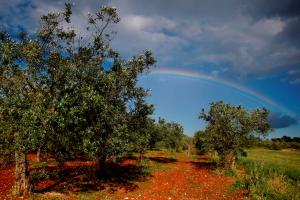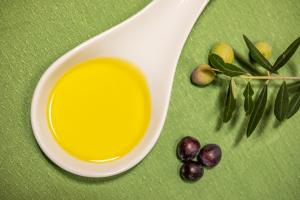Indigenous varieties
Buža
 Origin
Origin
Found throughout Istria.
Agro biological properties
Also known as Burgaca, Morgaca, Domaća and Gura, this diverse cultivar is known for its vigour, medium leaves and fruit. It is a powerful, rustic and robust plant, with thick foliage growing high and wide on well developed branches if pruned regularly. Most branches grow straight, while fruit bearing branches sag gently. Leaves are elliptical, with an olive green colour and grey reverse. Drupes, or olives, tend to be medium to large, oval and slightly asymmetrical, turning dark green upon maturation. Buža thrives in a warm, protected climate.
Fruit bearing
Normal if properly cultivated. Will sometimes overproduce.
Fertilization
Often cultivated with the other indigenous varieties Moražola, Karbonaca, Rošinjola, Buža Puntoža, Buža Minuda. Introduced cultivars like Leccino and Pendolino have also proven to be good fertilizers. During bloom, it is affected by fog, drizzle and wind.
Resistance to adversities
Susceptible to peacock (or eye) spot (spilocea oleagina), olive fly (bactrocea oleae), olive moth (prays oleae), black (or olive) scale (seissetia oleae), and sooty mould caused by capnodium, cladosporium, alternaria etc.
Quality of the oil
Excellent for combined use. If harvested when the drupes are yellow, the oil is of excellent quality, distinguished by fresh aromas and elegant bitter and spice notes. If harvested at the end of veraison when the olives are darkening, the oil is fruity, sweet and mouth filling, but without distinctive flavour.









